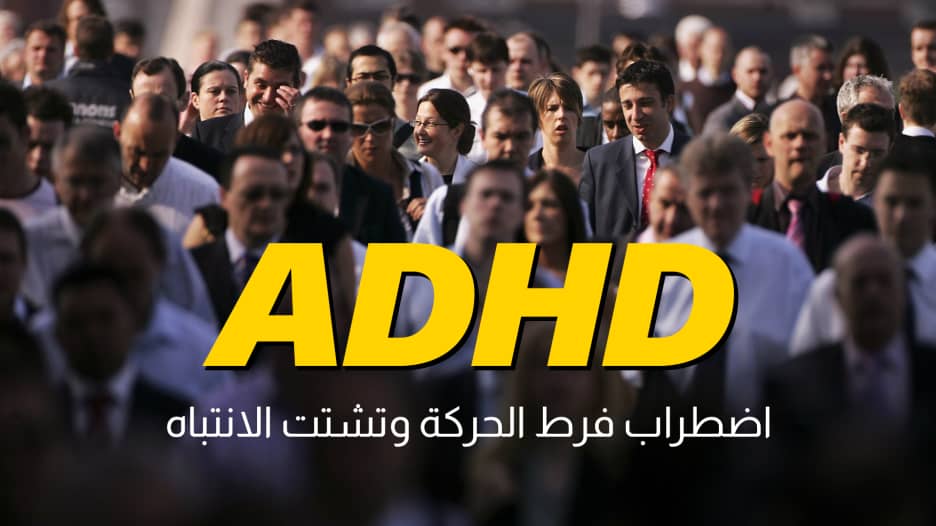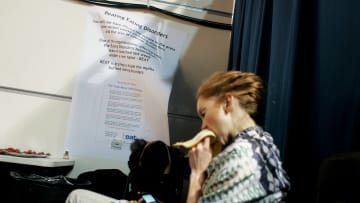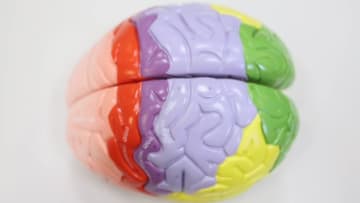دبي، الإمارات العربية المتحدة (CNN)-- تقول الكثير من النصائح الصحية ما لا يجب عليك تناوله. ولكن في العام 2023، أصبح من الواضح لمادلين هولكومب من CNN أنّه يجب على الجميع الاحتفال بتناول الطعام.
وككاتبة مختصة بالصحة في CNN، تعلمت هولكومب من التقارير التي كتبتها أن الخجل وتجاهل رغبات جسدها لم يجعلها أكثر صحة.
ولكن استغرق الأمر منها بعض الوقت لقول ذلك للصوت المزعج في رأسها.
اضطرابات الطعام ليست عنصرية
إذا طُلِب منك أن تتخيل شخصًا يعاني من اضطراب الأكل، فمن المرّجح أن تتخيل فتاة بيضاء ثرية في أواخر مراهقتها. من المحتمل أنها تعاني من فقدان الشهية أو الشره المرضي العصبي، كما أنها نحيفة للغاية.
لكن هذه الصورة تمنع عددًا كبيرًا من الأشخاص من الحصول على الرعاية والعلاج اللازم، بحسب ما أوضحه خبراء.
وقالت الكاتبة إميلي بورينغ لشبكة CNN، في مارس/ آذار: "اضطراب الأكل ليس له شكل محدد".
وتابعت: "يمكن أن يتأثر جميع الأشخاص بغض النظر عن الجنس، أو العرق، أو العمر، أو الوضع الاجتماعي، والاقتصادي.. لا يرتبط اضطراب الأكل بالأجسام النحيفة".
وكشفت إحدى الدراسات، التي أُجريت هذا العام، عن ارتفاع معدل دخول الأطفال إلى المستشفى بسبب اضطراب الأكل.
وشهدت أيضًا زيادة حادّة بشكل خاص بالنسبة للأشخاص الذين غالبًا ما يتم تجاهلهم، مثل الذكور والمراهقين الصغار، وأولئك الذين يعانون من تشخيصات أخرى غير فقدان الشهية، أو الشره المرضي العصبي.
وزادت حالات دخول المرضى الشباب إلى المستشفيات في الفترة من 2002 إلى 2020 بنسبة 416%، وفي المرضى الذين تتراوح أعمارهم بين 12 و14 عامًا بنسبة 196%، والذين يعانون من اضطرابات الأكل، غير فقدان الشهية أو الشره العصبي، بنسبة 255%، وفقًا للبحث الذي نُشر في ديسمبر/ كانون الأول.
وفي جميع أنحاء العالم، يتأثر 1 من كل 10 أشخاص باضطرابات الأكل، وفقًا لمنظمة ANAD غير الربحية، التي تقدم خدمات الدعم للأشخاص الذين يعانون من هذه الحالات.
تطبيع اضطراب الأكل
أظهرت دراسة أُجريت في فبراير/ شباط ظهور علامات اضطراب الأكل على أكثر من طفل واحد من كل 5 أطفال ومراهقين حول العالم.
وقالت جينيفر رولين، مؤسسة مركز اضطرابات الأكل في روكفيل بولاية ميريلاند الأمريكية، عبر البريد الإلكتروني في فبراير/شباط: "اضطرابات الأكل خطيرة وتستحق العلاج والمساعدة المهنية".
لماذا يعتبر اضطراب الأكل مشكلة واسعة الانتشار؟
غالبًا ما يتم تطبيع السلوكيات المرتبطة باضطراب الأكل، بحسب ما أوضحته رولين. والسبب أن المجتمع يُعزز فكرة النحافة في عقولنا ويعطيها الأولوية.
وبالتالي، من الصعب إدراك الضرر الذي قد ينجم عن حساب السعرات الحرارية، أو معاقبة نفسك بالتمارين الرياضية.
ما مدى فائدة اتباع حِمية غذائية؟
توصي بعض الدراسات بإنقاص الوزن لتقليل خطر الإصابة بأمراض القلب، والسرطان. ولكن، تقول الأبحاث إنّ اتباع نظام غذائي مُقيّد نادراً ما يؤدي إلى فقدان الوزن على المدى الطويل.
وتعتبر الطريقة الأكثر استدامة لتغيير عادات النظام الغذائي وممارسة الرياضة هي القيام بذلك بخطوات بطيئة ويمكن التحكم فيها، وفقًا لدراسة أُجريت عام 2017.
وتم بناء أجسامنا لتخبرنا متى نحتاج إلى الحركة، ومتى يجب أن نرتاح، ومتى تكون السَّلَطة مثالية، ومتى يحين وقت تناول طبق كبير من المعكرونة بالجبنة.
وقالت اختصاصية التغذية ناتالي موكاري في يناير/كانون الثاني، إنّ المشكلة هي أنّ الخجل غالباً ما يطغى على تلك الإشارات.
وأوضحت أنّ الحل هو بناء علاقة أكثر توازنًا مع الطعام وجسمك حتى تسمع ما يقوله لك.









